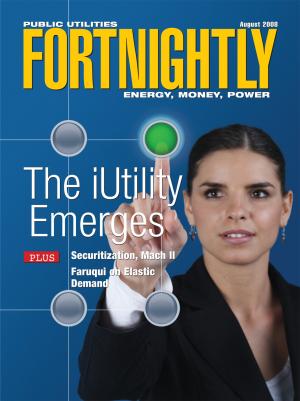Hollywood envisions the utility of the future.
Michael T. Burr is Fortnightly’s editor-in-chief. Email him at burr@pur.com.
One of Hollywood’s biggest blockbusters this summer has been Wall-E—Disney-Pixar’s animated movie about a lovable robot who restores humanity’s place on a trashed Earth.
Reviewers have heaped acclaim on the film. Roger Ebert of the Chicago Sun-Times, for example, gushed with superlatives: “an enthralling animated film, a visual wonderment … astonishing.” New media reviewers loved it too, variously declaring it a “masterpiece” and an “instant classic.” A poll on IMDb—the Internet Movie Database—currently ranks Wall-E among the 20 best movies of all time.
I was surprised, therefore, when I walked out of this movie feeling like a black cloud was hanging over my head.
At first I shrugged off this feeling. After all, it’s just a cartoon, right? But the feeling continued nagging at me, and eventually I figured out why.
Call me a utility industry geek, but I think Wall-E can be seen as a metaphor for the industry’s current set of dilemmas and challenges. And viewed that way, Wall-E’s message isn’t hopeful. It’s a message of despair.
Wall-E World

Analyzing Wall-E requires explaining the plot, so if you haven’t seen the film, be forewarned: spoilers ahead.
